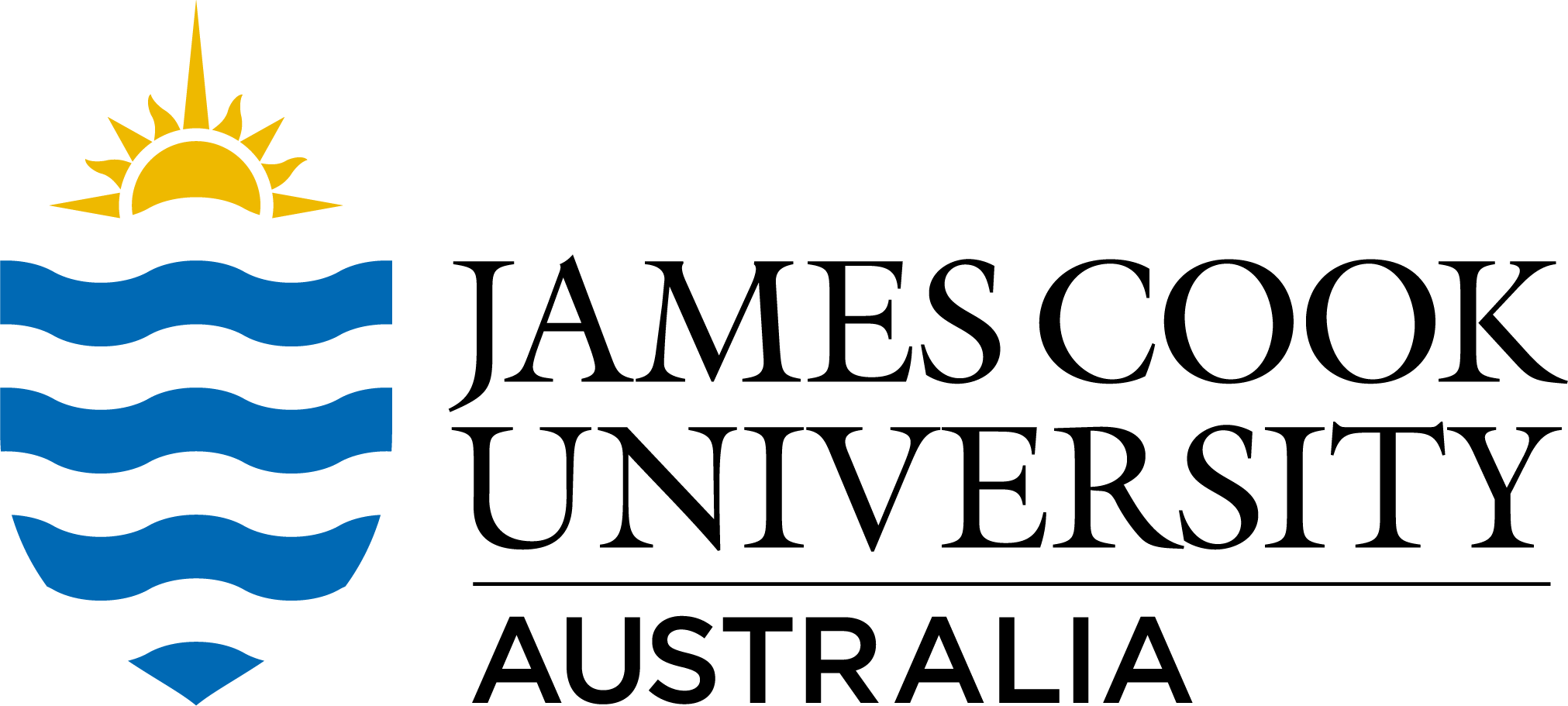Full description
Abstract [Related Publication]:
Models of dispersal potential are required to predict connectivity between populations of sessile organisms. However, to date, such models do not allow for time‐varying rates of acquisition and loss of competence to settle and metamorphose, and permit only a limited range of possible survivorship curves. We collect high‐resolution observations of coral larval survival and metamorphosis, and apply a piecewise modeling approach that incorporates a broad range of temporally‐varying rates of mortality and loss of competence. Our analysis identified marked changes in competence loss and mortality rates, whose timing implicates developmental failure and depletion of energy reserves. Asymmetric demographic rates suggest more intermediate‐range dispersal, less local retention, and less long‐distance dispersal than predicted by previously‐employed non‐piecewise models. Because vital rates are likely temporally asymmetric, at least for non‐feeding broadcast‐spawned larvae, piecewise analysis of demographic rates will likely yield more reliable predictions of dispersal potential.
Usage Notes [Dryad]:
TenuisGBR2012longtermsurvival.csv
Empirical long term survival data for A. Tenuis larvae. "temp" is the temperature that the larvae were raised at, "rep" is the replicate number, "day" is the date the observation was taken, "age (h)" is the larval age (h) at the time of the observation, "age (d)" is the larval age (d) at the time of the observation, "larvae" is the number of larvae at the beginning of the experiment, "surv" is the number of larvae alive at the time of the observation.
A.tenuisGBR2012metamorphosis.csv
Empirical metamorphosis data for A. Tenuis larvae. "temp" is the temperature that the larvae were raised at, "date" is the date the observation was taken, "hour" is the hour of the day that the observation was taken, "age (h)" is the larval age (h) at the time of the observation, "age (d)" is the larval age (d) at the time of the observation, "rep" is the replicate number, "larvae" is the number of larvae at the beginning of the experiment, "meta" is the number of larvae that had metamorphosed by the time of the observation, "swimming" is the number of larvae swimming at the time of the observation.
Survival model fit R code
This code fits the best-fitting survival model to the data.
(survival model code.R)
Competence model fit R code
This code fits the best-fitting competence model to the data.
(competence model code.R)
The dataset also includes 2 README files (MS Word format) for the R codes.
Notes
This dataset was originally published on Dryad and should be cited as: Moneghetti, Joanne; Figueiredo, Joana; Baird, Andrew H.; Connolly, Sean R. (2019), Data from: High-frequency sampling and piecewise models reshape dispersal kernels of a common reef coral, Dryad, Dataset, https://doi.org/10.5061/dryad.r0d2570Created: 2021-02-26
User Contributed Tags
Login to tag this record with meaningful keywords to make it easier to discover
- Local : researchdata.jcu.edu.au//published/2749eb9f15d9ccb381c933250c961efa


